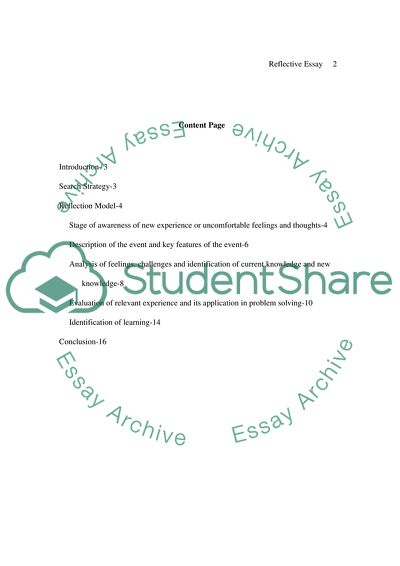Cite this document
(Clostridium Difficle Infection Term Paper Example | Topics and Well Written Essays - 4250 words, n.d.)
Clostridium Difficle Infection Term Paper Example | Topics and Well Written Essays - 4250 words. Retrieved from https://studentshare.org/nursing/1743532-nursing-managment-and-prevention-of-clostridium-defficile-infection-reflective-practitioner-essay
Clostridium Difficle Infection Term Paper Example | Topics and Well Written Essays - 4250 words. Retrieved from https://studentshare.org/nursing/1743532-nursing-managment-and-prevention-of-clostridium-defficile-infection-reflective-practitioner-essay
(Clostridium Difficle Infection Term Paper Example | Topics and Well Written Essays - 4250 Words)
Clostridium Difficle Infection Term Paper Example | Topics and Well Written Essays - 4250 Words. https://studentshare.org/nursing/1743532-nursing-managment-and-prevention-of-clostridium-defficile-infection-reflective-practitioner-essay.
Clostridium Difficle Infection Term Paper Example | Topics and Well Written Essays - 4250 Words. https://studentshare.org/nursing/1743532-nursing-managment-and-prevention-of-clostridium-defficile-infection-reflective-practitioner-essay.
“Clostridium Difficle Infection Term Paper Example | Topics and Well Written Essays - 4250 Words”, n.d. https://studentshare.org/nursing/1743532-nursing-managment-and-prevention-of-clostridium-defficile-infection-reflective-practitioner-essay.


